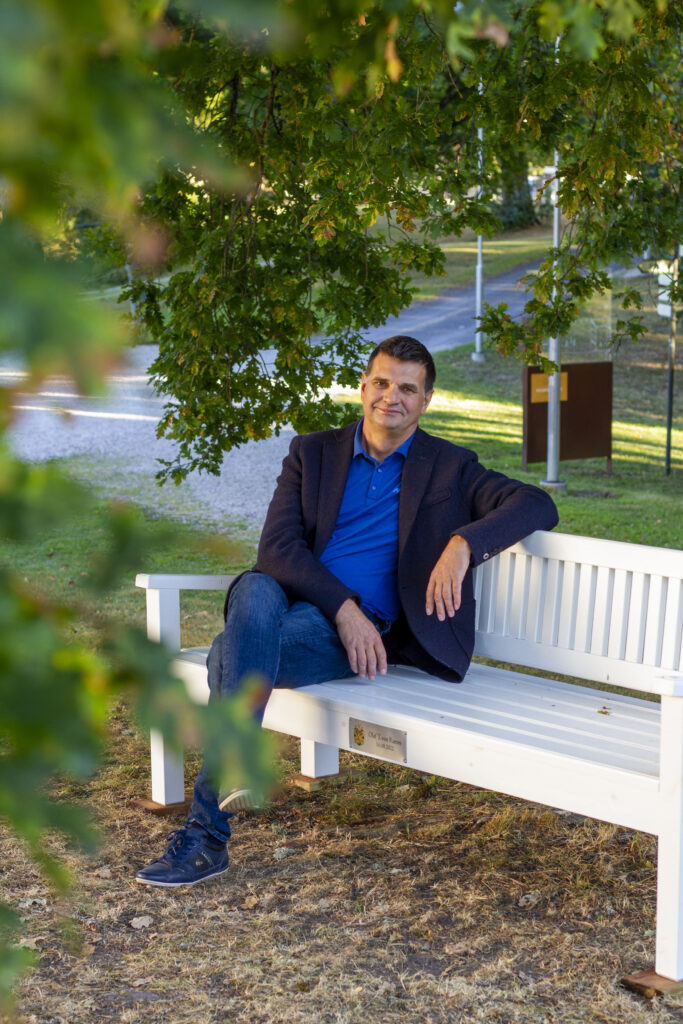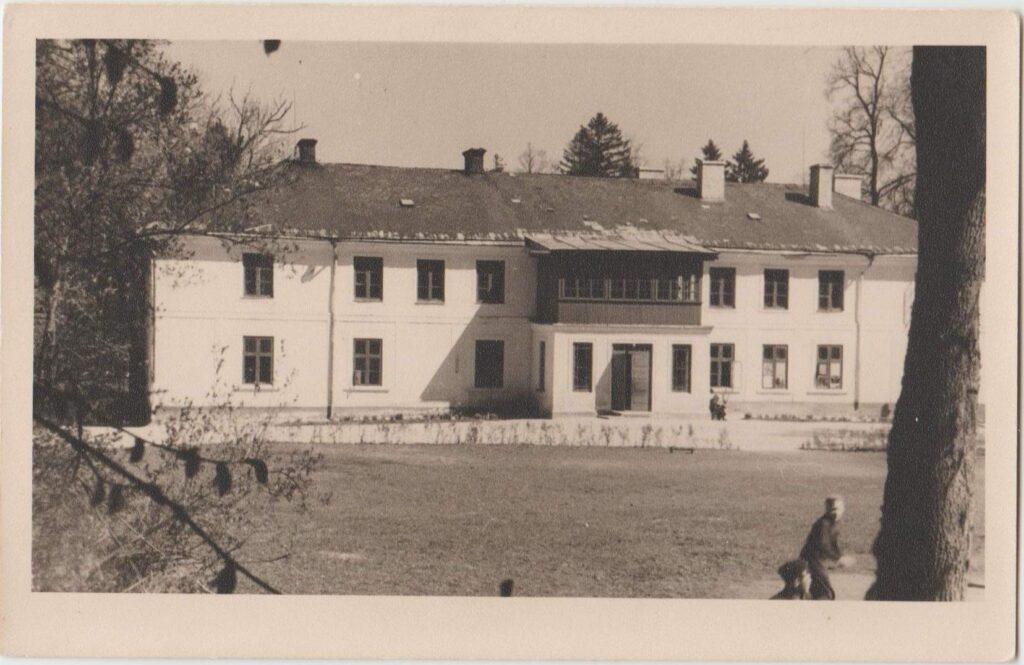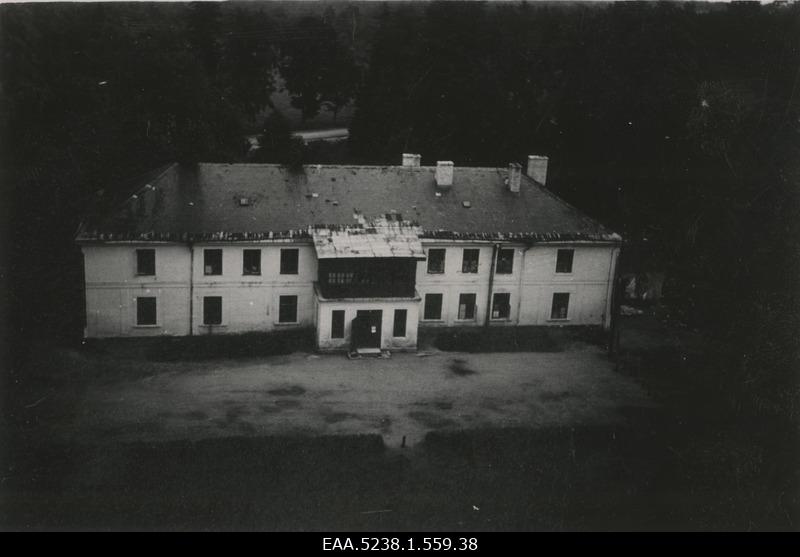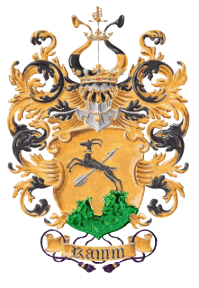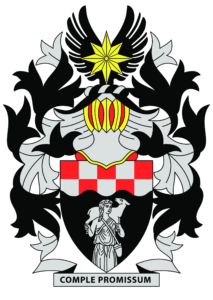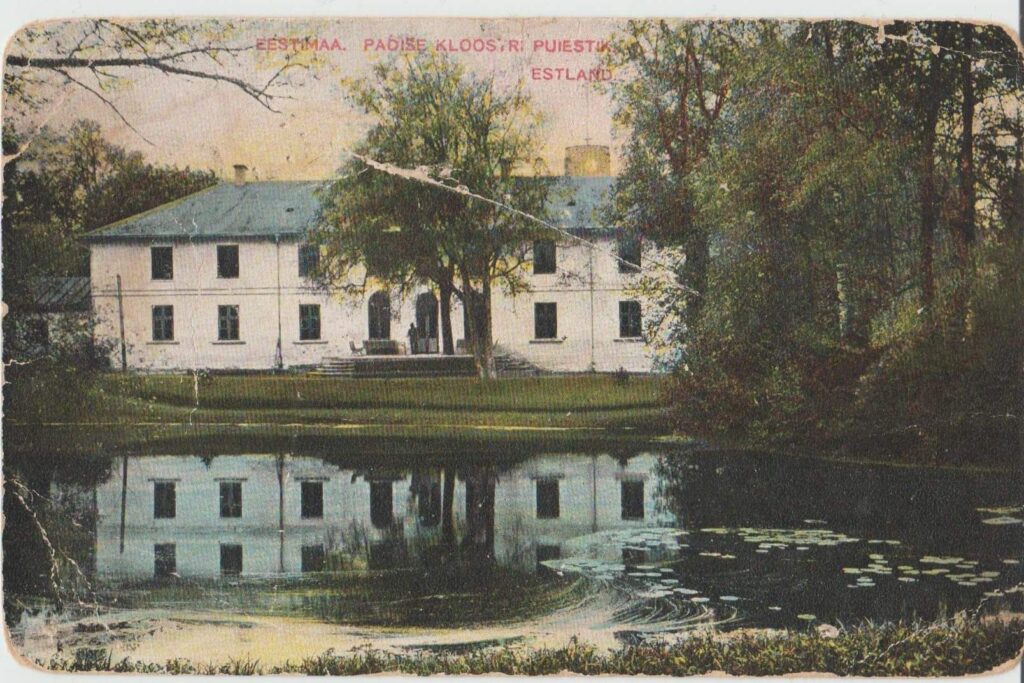

HISTORY OF PADISE MANOR

Padise is a historic place in Harju County, in the ancient Rävala county of Vomentaga parish, emphasized by a fortress site from the middle Iron Age (7th-8th centuries) located on a high peninsula by a river bend.
Monks from Dünamünde (near the mouth of the Daugava River) established their chapel in Padise in 1254. After the forced sale of the Dünamünde monastery to the Teutonic Order in 1305, the brotherhood moved to Padise in 1310. The foundation of the independent Padise monastery can be dated to 1317, although a building permit was obtained from the Danish King Erik Menved already in 1305. The monastery reached its peak around 1400, with extensive holdings in Estonia and also in Southern Finland, around present-day Helsinki, Porvoo, Sipoo, and Pernaja. The monastery’s activities ended at the end of 1558, when the Master of the Order, Gotthard Kettler, took the fortified monastery into the Order’s possession and disbanded the brotherhood. During the Livonian War (1558-1583), several fierce battles were fought over the monastery, and the warfare caused significant damage to the buildings.
Padise stronghold remained under the ownership of the Swedish state until 1622, when King Gustav II Adolf donated a large part of the former Padise monastery’s nearby estates to Thomas Ramm, a canon of Riga Cathedral, for inheritance in the male line. In 1621, when the Swedes besieged the city of Riga, Thomas Ramm led the defense of the city and the surrender negotiations with the Swedish King Gustav II Adolf. After that, the king marched his troops into Riga, and Thomas Ramm became the first mayor of Riga under Swedish rule. The king thanked Thomas Ramm for his services to the Swedish crown and donated to him the Padise Monastery estate along with the Vasalemma manor. The king also intended the gift to compensate for the damages that Thomas Ramm suffered due to the plundering by the Poles of his estates near Riga during the Polish-Swedish war. As a result of the gift, the Ramm family moved to Estonia
The new owner adapted the monastery into a large, comfortable residence. The Ramms lived in the monastery premises until 1766, when the monastery was set ablaze by lightning and burned to ruins. Subsequently, construction of the adjacent manor house began. The material needed for the construction was obtained from the crumbling parts of the monastery. The new main building of Padise Manor was originally a baroque single-story stone building. From that time onwards, the monastery buildings served as economic buildings for the manor.
In 1860, the stone manor house was rebuilt as a two-story building, and a glass veranda was added to the facade. Several other manor outbuildings, dating from the 19th century, are located south of the main building and the monastery. At the same time, the Ramms also owned the Vihterpalu, Hatu, and Vasalemma manors. Among the more noteworthy buildings in Padise, one could mention the Neo-Gothic style barn and the cattle castle, which has been slightly modified in modern times. There was a water mill and a distillery by the river (in ruins since a fire in 2001). The park, along with the former fishponds, is located on the other side of the Keila-Haapsalu highway.
The manor was nationalized in 1920, and it housed the Padise School until 1982. After the school was moved to a new building, it served as a subsidiary production facility for the Koidula collective farm. From 1993 to 1998, the manor house belonged to Padise municipality.
In 1998, Olaf Thomas von Ramm and Clas Marten von Ramm bought back the main building of the manor. The Ramms restored their family’s former main manor house, rebuilt the servants’ house as an annex (which was demolished in 1956), and tidied up the surroundings – the driveways, the pond behind the house, and the park.
On the adjacent coat of arms of the von Ramm family, a ram pierced by an arrow is depicted. The coat of arms was granted to the von Ramms by the Swedish King Gustav II Adolf on August 28, 1624. The original coat of arms can also be seen in the vestibule of the main entrance of the old building, placed there when the building was first constructed.
Padise Manor – A Living Heritage
Padise Manor entered a new chapter in its long history on November 3rd, 2020, when the estate came under the ownership of Arno Hirtentreu.
In the same year, alongside the historic Von Ramm family coat of arms, the Hirtentreu family coat of arms was added to the manor’s collection of symbols – a gesture that honours the past generations who have shaped this place and keeps their spirit alive.
The Hirtentreu coat of arms was registered in the Heraldic Register of the Estonian Heritage Society on November 19th, A.D. 2020.
It symbolizes the family’s respect for cultural heritage and their dedication to preserving the legacy of manor culture in Estonia.
Today, Padise Manor stands as a home of calm and continuity.
Under Arno Hirtentreu’s care, the manor’s historic dignity and peaceful beauty have been preserved with sincerity and respect.
Everyone who visits Padise Manor is welcomed not merely as a guest, but as someone we wish to treat with the same warmth and attention we would offer a friend.
Our family’s aim is that every visit to Padise becomes a cherished experience — a moment that does not fade.
Arno Hirtentreu
